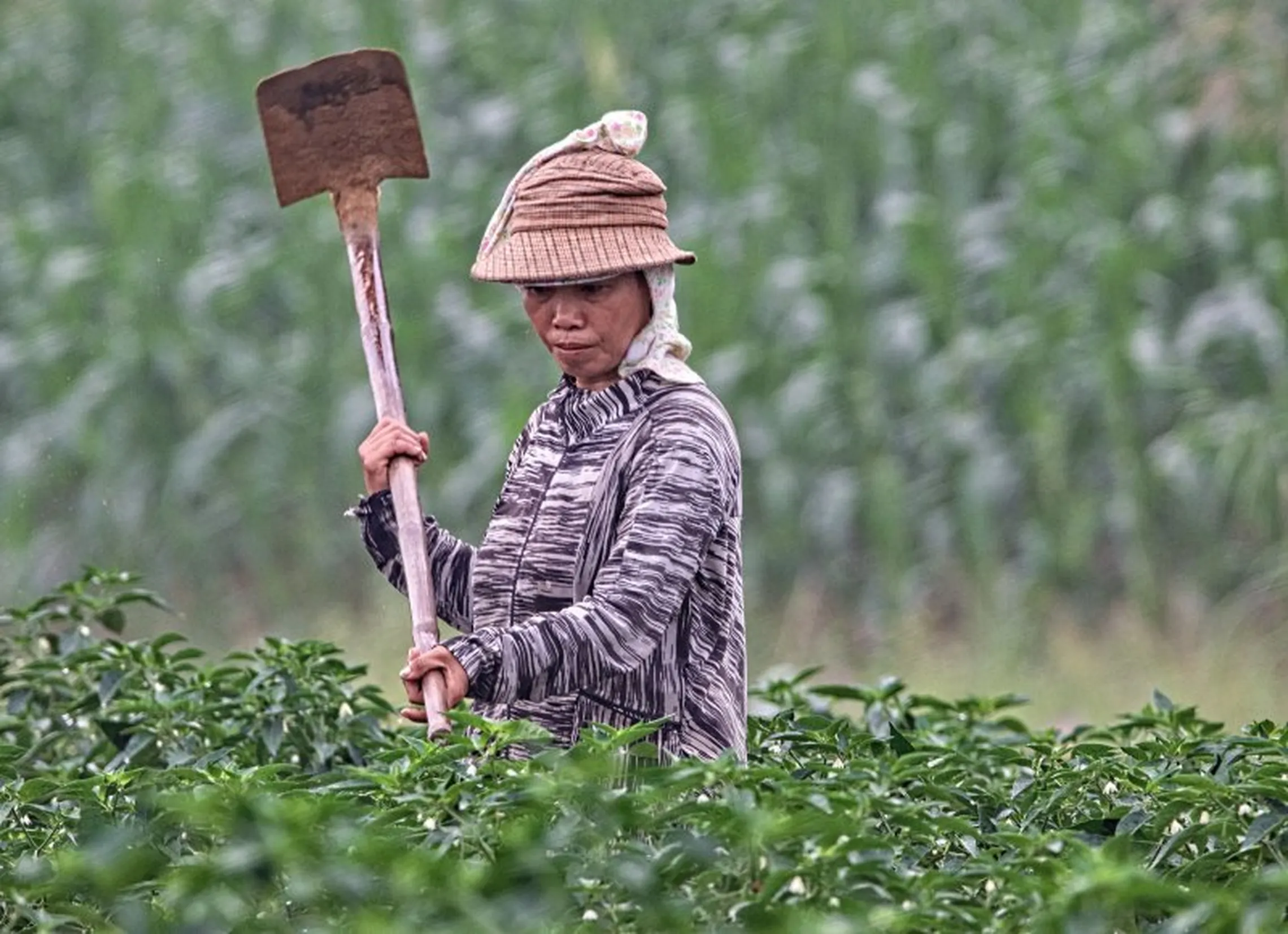Putting food heroines in the spotlight: the important role women play in improving food systems and diets

Since 2014 and after decades of improvements, the number of people affected by hunger around the world has started to rise again. Malnutrition, in all its forms, is a significant challenge for billions of people worldwide. The COVID-19 pandemic and the measures introduced to contain the spread of the disease are causing a significant economic downturn and rising poverty levels, with the impacts into 2021 difficult to predict but likely to be significant. Food systems at all levels - globally, domestically, locally, and in the home - will feel the impact and need to adjust to new realities (Springer.com).
Who feeds the world?
Who works in our food system to make sure that affordable, nutritious food reaches those who need it? Who produces the food to feed people living in both rural and urban areas? Who processes that food? Who transports it from rural areas to towns? Who sells it in the market? Who consumes it? Who feeds it to our children?
Farmers. Food processors. Truck drivers. Salespeople. Consumers. Cooks. Parents. All actors in the food system. And what picture comes to mind when you see each of these words and the role they represent in our food system?
Both women and men work as food producers, processors and traders. Women and men purchase food and women, men, girls and boys consume food. Women are instrumental in the fight against hunger and malnutrition and in making food systems more productive and sustainable. They grow food, reduce food losses, make diets more diverse and agricultural produce more marketable along the agri-food value chains. Yet, in many parts of the world, women continue to face significant social and economic discrimination and in many development projects (and in many development blogs and articles) women and girls are portrayed as being “disadvantaged”, weak and to be helped.
While I do not want, in any way, to underrate the importance and significance of the discrimination and exclusion that many women and girls continue to face in 2020, on this World Food Day, it is important to highlight their capacities and contributions to our food systems and healthy diets. When we talk about food heroes, we must remember the food heroines: the women who work and contribute at every step and stage in the food system, from farm to table.

More gender equality would mean less hunger
There is one statistic that should be so much more prominently displayed and talked about than it is in agriculture: According to the FAO, “If women farmers had equal access to resources – land, credit, education, extension services – these workers could increase their food production by 20 to 30 percent and lift as many as 150 million people out of hunger and food insecurity.”
SNV knows from experience that when women have better access to resources, services, economic opportunities and decision-making, the results are significant: communities have more food, their nutrition status improves, incomes increase and food systems become more efficient and sustainable. Women play a critical role in agriculture and in response to climate change due to their local knowledge of and leadership in sustainable resource management and by leading sustainable practices at the household and community level. But they also play an important role in buying and selling food, transporting it to market and as consumers, decision makers and end users of food.
How SNV addresses gender equality in food systems
With our Balancing Benefits approach, we use four pillars to support women to contribute to improving food systems and diets:
Household dialogues: these engage women and men in their own households and in their local communities to make them aware of and put a stop to harmful gender norms
Growing women’s business: local organisations are equipped with skills to provide training on business and entrepreneurship for women, including record keeping, agricultural techniques – especially on climate smart crops and techniques - and creating and implementing basic business plans
Women in leadership: tailored training for current and potential women leaders in value chains, including leadership, self-confidence and public speaking skills
Gender-responsive market systems: market incentives are created to attract more women into market systems and link women-led or women dominated businesses to markets
Changing gender norms and more
In projects where the Balancing Benefits approach has been implemented, independent research has shown that gender norms were changed significantly: SNV is creating a “new normal” by breaking traditional gendered divisions of labour. Women are more engaged in business and emerge as leaders, and men are starting to play a bigger role within households.
In a project I was involved with in Vietnam, average incomes for female farmers increased by over EUR200 in one year as a result of implementing this integrated approach. But not only are we bringing about changes in social norms, we are kickstarting inclusive, climate-smart markets that will sustain themselves well beyond project end. In the same project – which was implemented in both Vietnam and Kenya - nearly 10 different policies have been adopted that increase gender equality in agriculture. These ensure that the changes we are bringing about now will last for decades to come for millions of women.
Food heroines to change the world
I strongly believe that we must move beyond thinking of women as disadvantaged and vulnerable, passive bystanders to their fate or victims to be helped, or even simply as contributors in the food system to considering them as leaders and developers of sustainable food systems and healthier diets. Only by including women pro-actively in all aspects, and at all levels of the food system will we ever achieve the full and final elimination of hunger and malnutrition. Perhaps the COVID-19 crisis, which is exposing deep-seated weaknesses in the existing food system and the structures that support it, including cultural and gender norms, provides the stimulus needed to bring about that change.